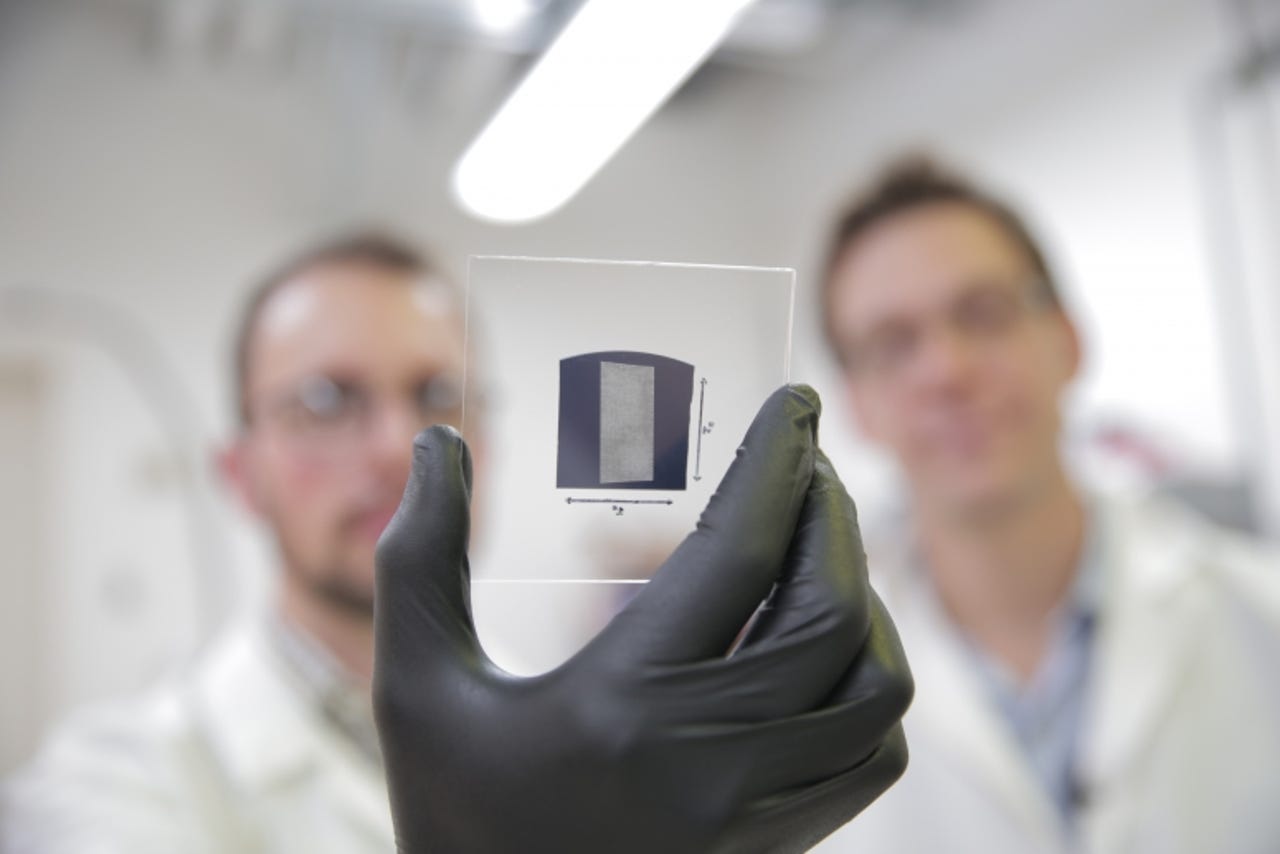Carbon nanotubes transistors thump silicon in current switching: Researchers


The seemingly inevitable replacement of silicon with carbon nanotubes within electronics has taken a small step forward, with a team of materials engineers at the University of Wisconsin-Madison creating 1x1-inch wafers of aligned carbon nanotube arrays that outperform silicon transistors.
The carbon nanotube resistors were able to "achieve current" that was 1.9 times higher than silicon transitors, with the university saying they could be five times better than silicon according to extrapolations. The tests were conducted between transistors of the same size, geometry, and leakage current.
Featured
"The nanotube's ultra-small dimension makes it possible to rapidly change a current signal travelling across it, which could lead to substantial gains in the bandwidth of wireless communications devices," the university said in a statement.
One of the team leads, associate professor Michael Arnold, said the team had developed techniques for isolating carbon nanotubes and removing metallic nanotube impurities that can act like an electrical short; for how to place and align the nanotubes; and on removing residue after processing in solution.
"In our research, we've shown that we can simultaneously overcome all of these challenges of working with nanotubes, and that has allowed us to create these groundbreaking carbon nanotube transistors that surpass silicon and gallium arsenide transistors," Arnold said.
"There has been a lot of hype about carbon nanotubes that hasn't been realized, and that has kind of soured many people's outlook.
"But we think the hype is deserved. It has just taken decades of work for the materials science to catch up and allow us to effectively harness these materials."
The research was published on September 2 in the journal Science Advances, with the technology patented and funded by the US National Science Foundation, the US Army Research Office, and the US Air Force.
The team is working towards scaling up processes for commercial production and matching the geometry used in silicon transistors.
Earlier this year, Nantero announced the use of carbon nanotubes for storage that can be fabricated on DRAM, flash, and system production lines.
"There are many mask layers and many complicated steps required to make a capacitor structure on DRAM," CEO of Nantero Greg Schmergel told ZDNet in June. "Instead, we're replacing that with a just a layer of carbon nanotubes to store the data, replacing a high-cost element with a low-cost element."